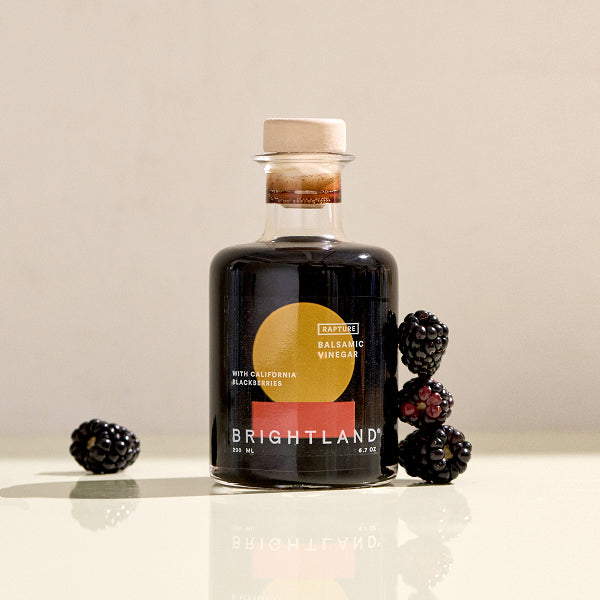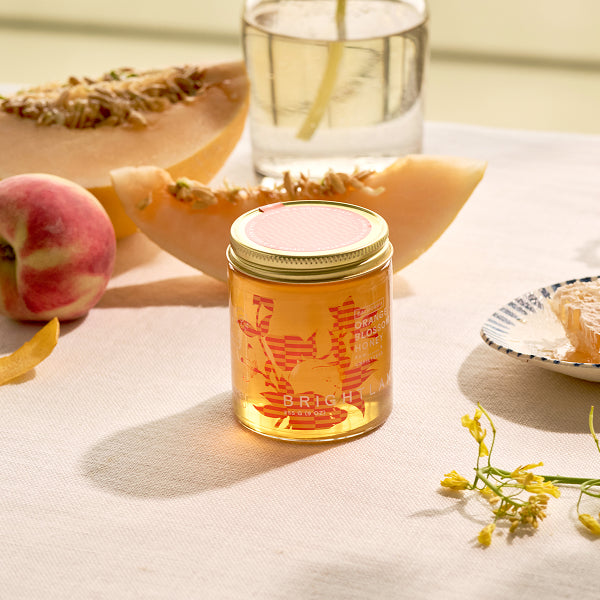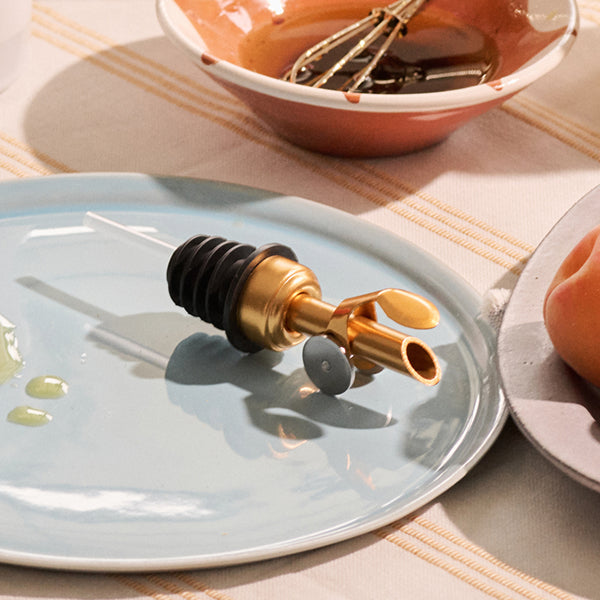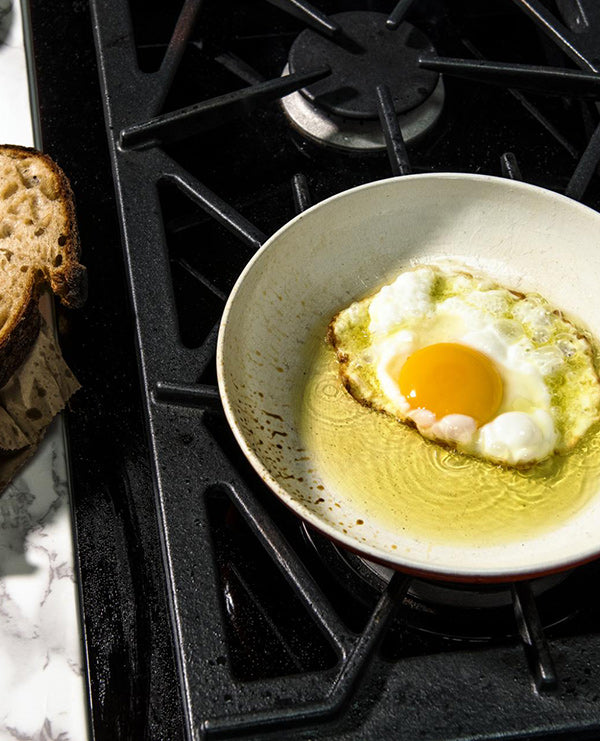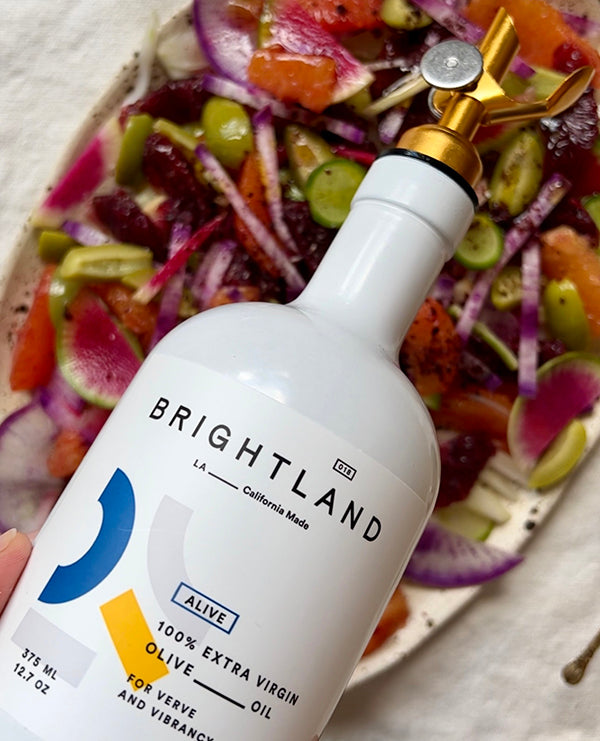If you have recently browsed the cooking oil aisle in your grocery store, you may have noticed safflower oil and wondered where it comes from and what it tastes like. Today, we are comparing and contrasting safflower oil and extra virgin olive oil when it comes to flavor, health benefits and smoke point.
[close type=”rte”] [open type=”images”]
Safflower Oil vs. Olive Oil: Flavor
Safflower oil comes from the — you guessed it — safflower plant, which is related to the sunflower plant. Once the oil from the plant is extracted, it has a neutral aroma and taste that is similar to that of canola oil. This means that the oil will not add much flavor to whatever dish you add it to. In some situations, such as baking recipes, this will be a positive thing — but in other situations where you want the oil to have a flavor, such as salad dressing, this will be a negative.
On the other hand, olive oil has a very distinct taste. While it varies somewhat depending on the variety (or varieties) of olives used, most olive oils taste bitter, peppery and/or grassy. This assertive taste is a great asset to dishes where you are depending on the olive oil for flavor, such as salad dressings and meat marinades. You can even get flavored olive oils that are infused with other spices as well. However, if you are baking something and really want a more neutral flavor, safflower oil might be a better choice.
Safflower Oil vs. Olive Oil: Health Benefits
Safflower oil is pretty high in healthy fats, but the type of fat varies depending on the oil. Safflower oil is available in both high linoleic and high oleic variations. High-linoleic safflower oil contains large amounts of polyunsaturated fats, while high-oleic safflower oil contains more monounsaturated fats. Other than that, safflower oil does not contain many nutritious compounds except for vitamin E.
[close type=”rte”] [open type=”images” small=”true”]
As for extra virgin olive oil, it is high in healthy fats, especially monounsaturated fats, although it also contains a good portion of polyunsaturated fats as well. Olive oil is also high in antioxidants, vitamins and polyphenols, so it offers slightly more health benefits than safflower oil. For best results, choose extra virgin olive oil, which contains higher levels of these beneficial compounds.
Safflower Oil vs. Olive Oil: Frying
Safflower oil has one of the highest smoke points of all cooking oils, around 490-510 degrees Fahrenheit. Olive oil’s smoke point is a bit lower, around 400 degrees for unrefined extra virgin olive oil. That being said, most home frying situations rarely require temperatures above 400 degrees Fahrenheit, so either of these cooking oils should suffice for your needs. You can select one based on your preferences.
Safflower Oil vs. Olive Oil: Which Should You Choose?
Due to their distinct differences in flavor, both safflower oil and olive oil occupy different places in your cooking repertoire. Extra virgin olive oil is the perfect choice when you really want the flavors of the oil to shine through and add to the dish. Meanwhile, safflower oil is a good choice when you want an oil that will not really affect the flavors at all, such as when you are baking. If you normally use canola oil or other neutral-flavored vegetable oils that are high in saturated fats, swapping them out for safflower oil instead is a great choice.
[close type=”rte”] [open type=”images”]
If you are ready to experiment with extra virgin olive oil, consider purchasing our olive oil set, which features two classic and versatile olive oil varieties that will complement many different dishes. If you want something that adds even more seasoning, check out our flavored olive oils, which come in varieties from chili to lemon.
[close type=”rte”]


